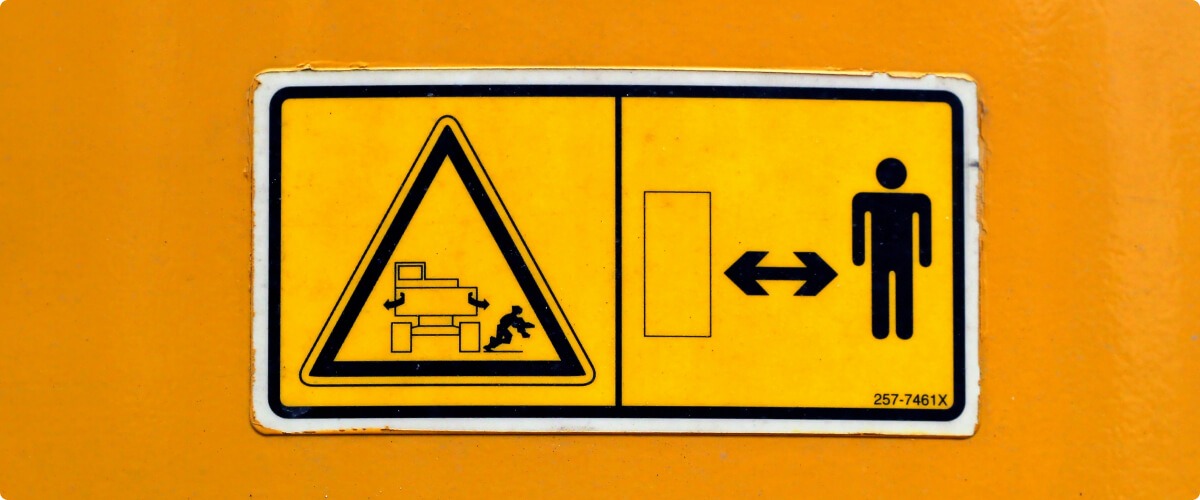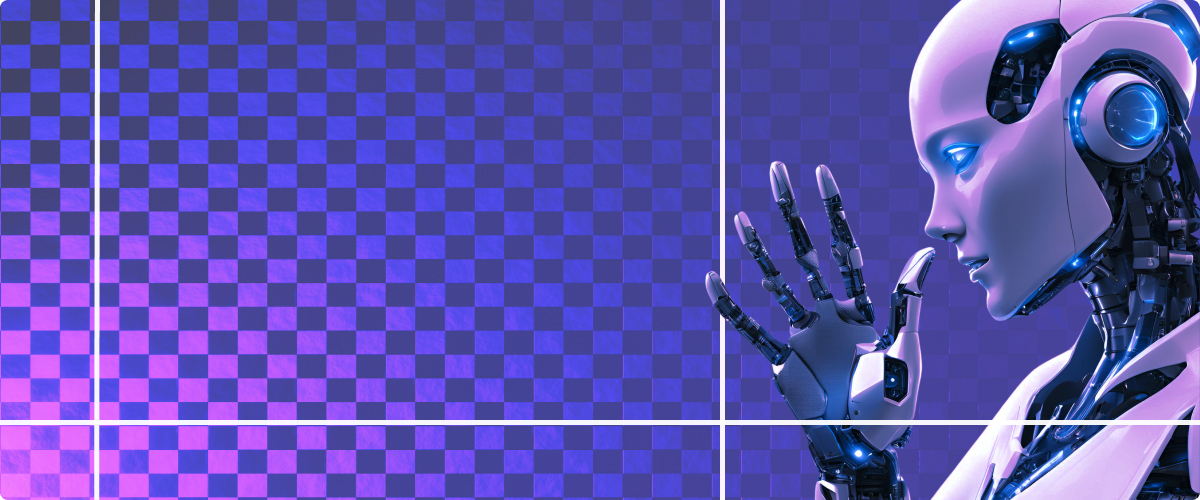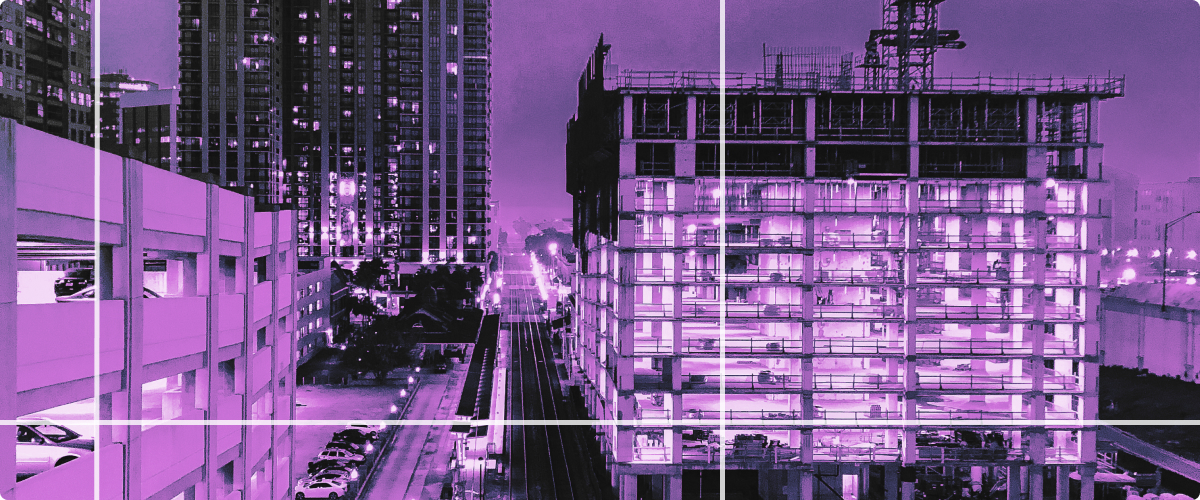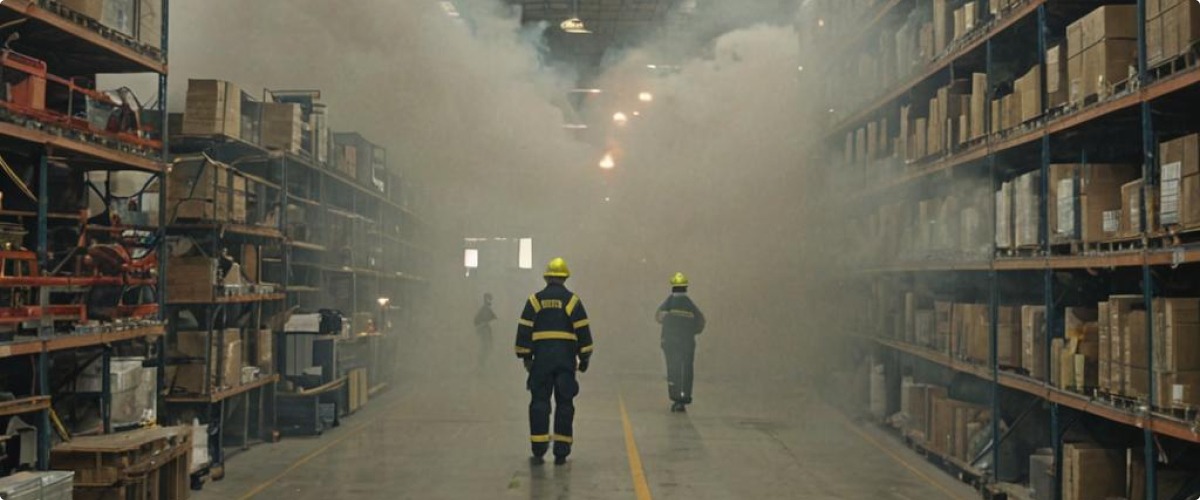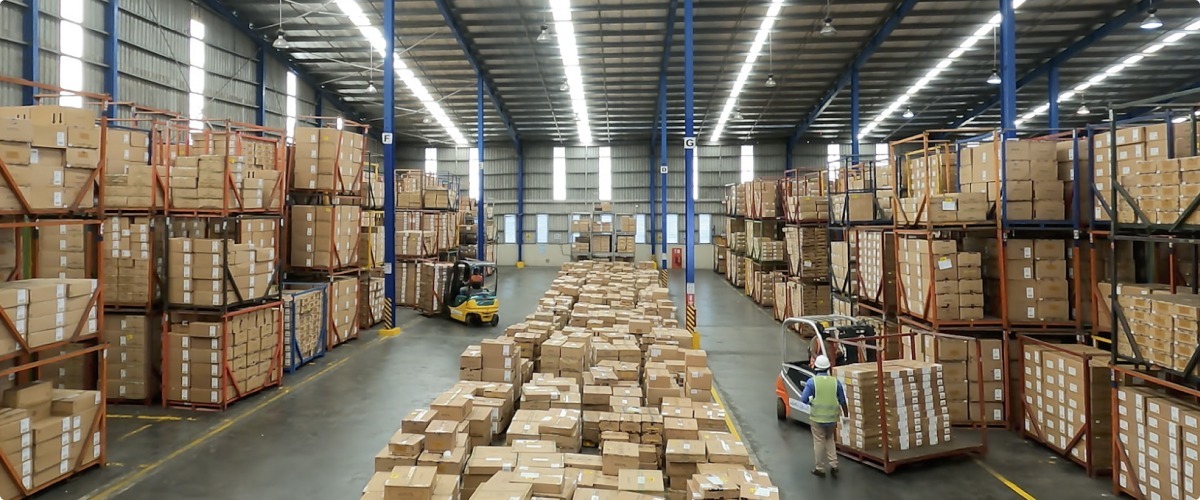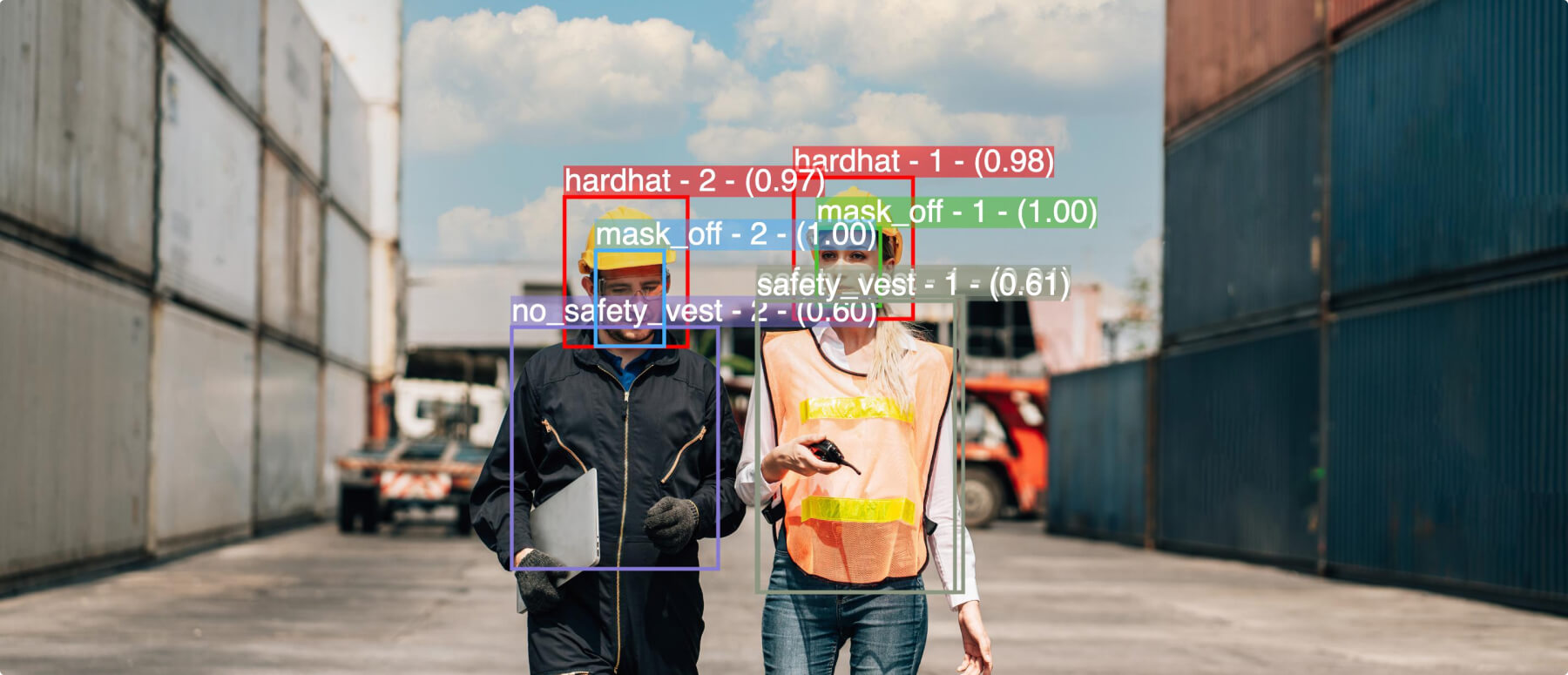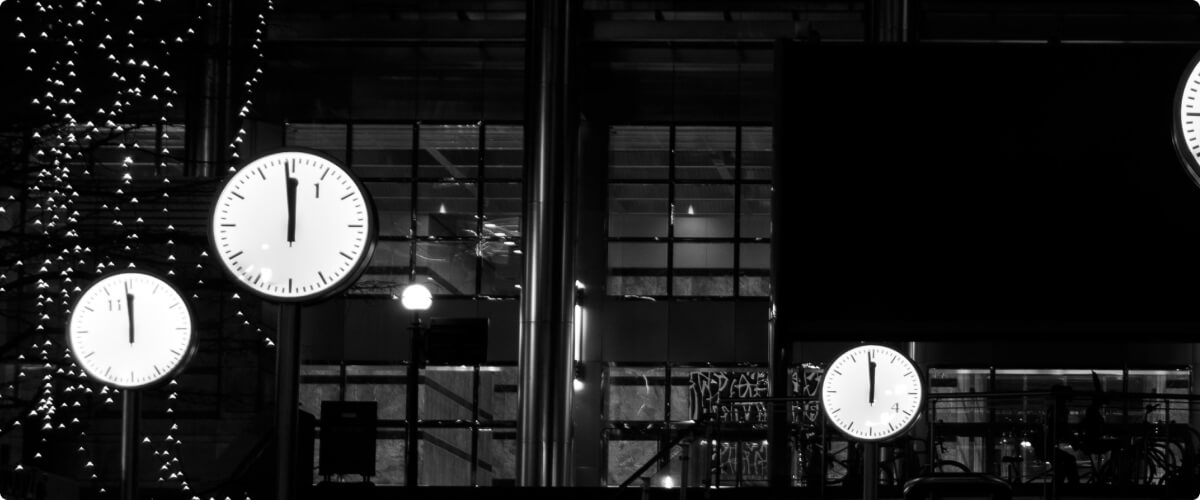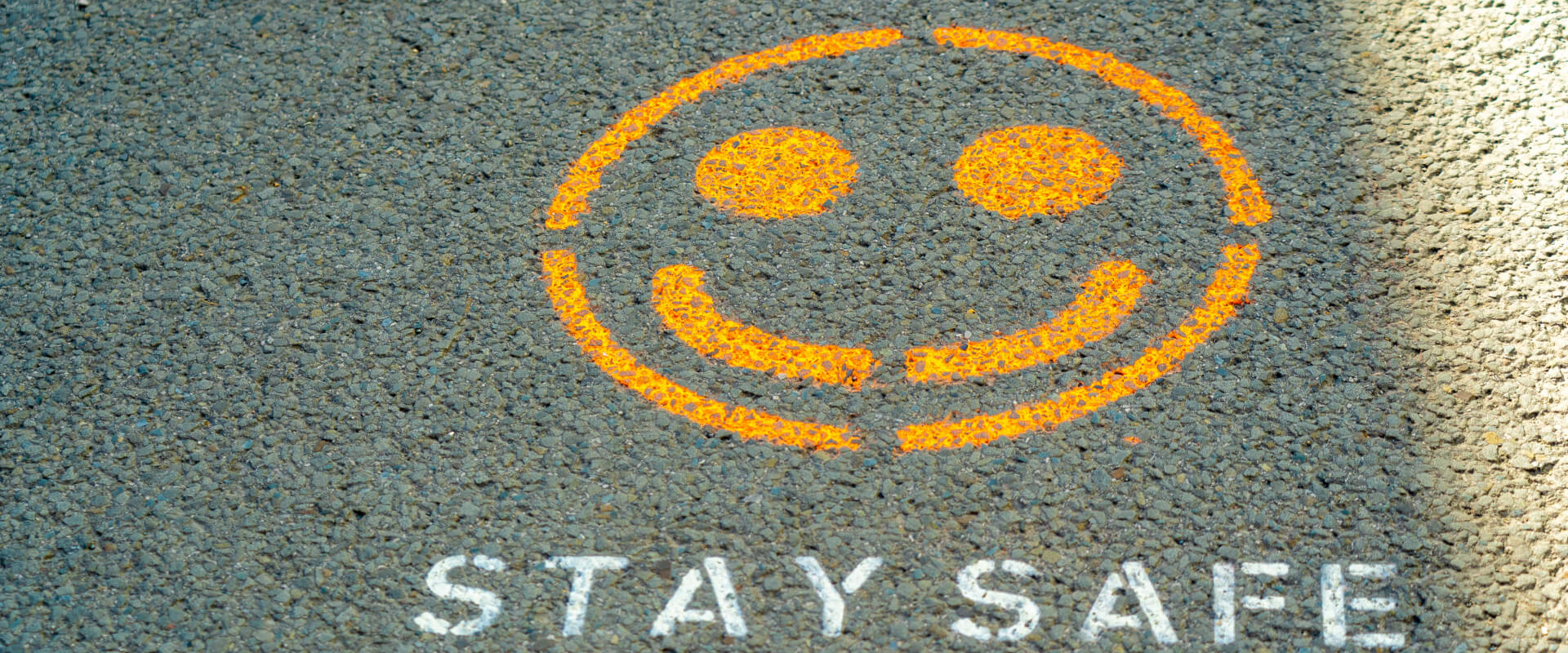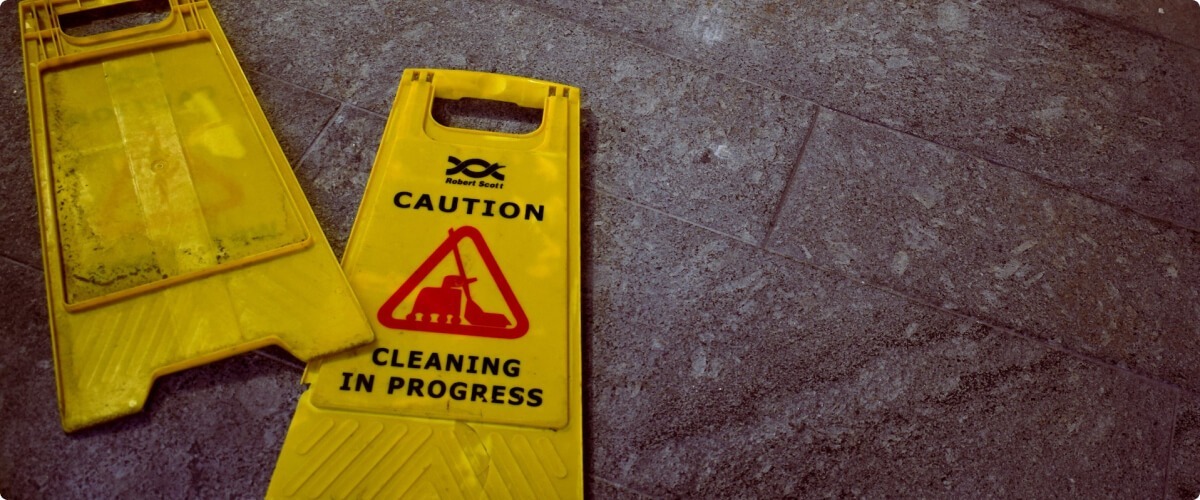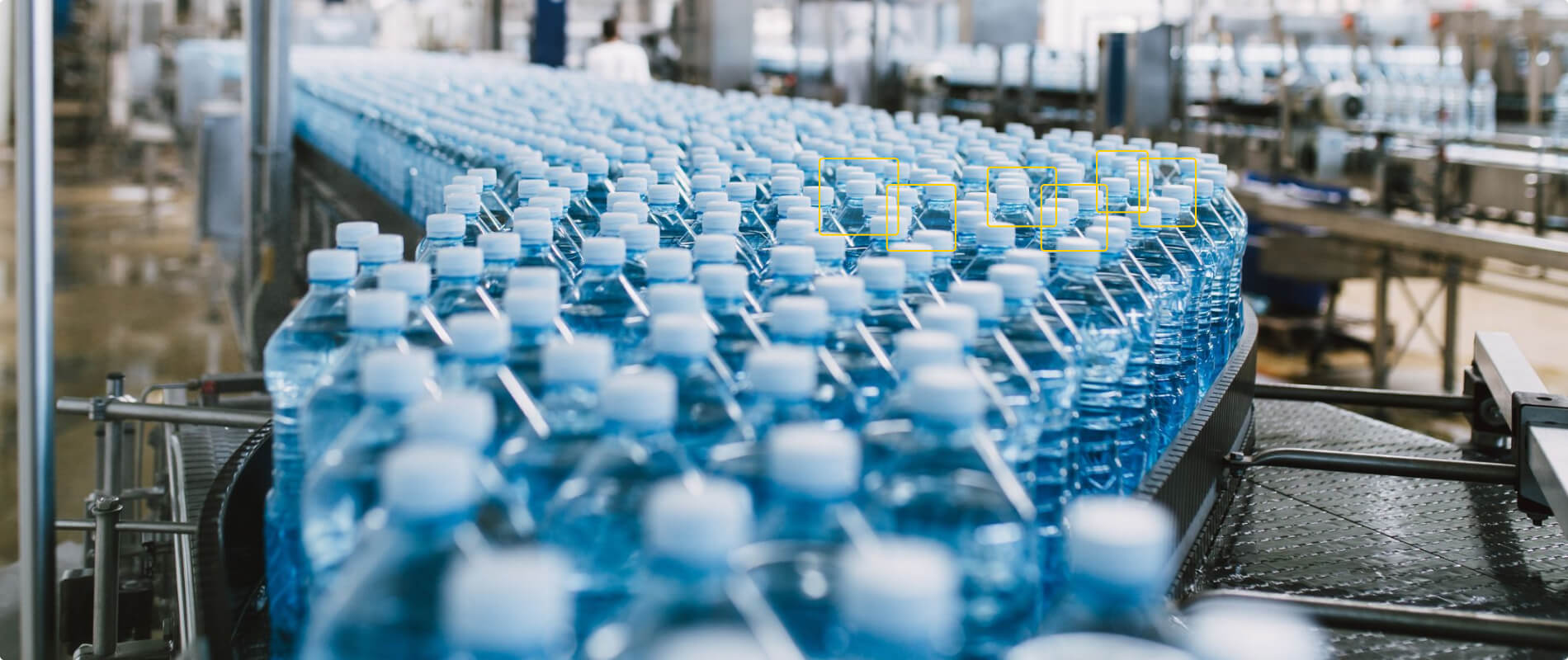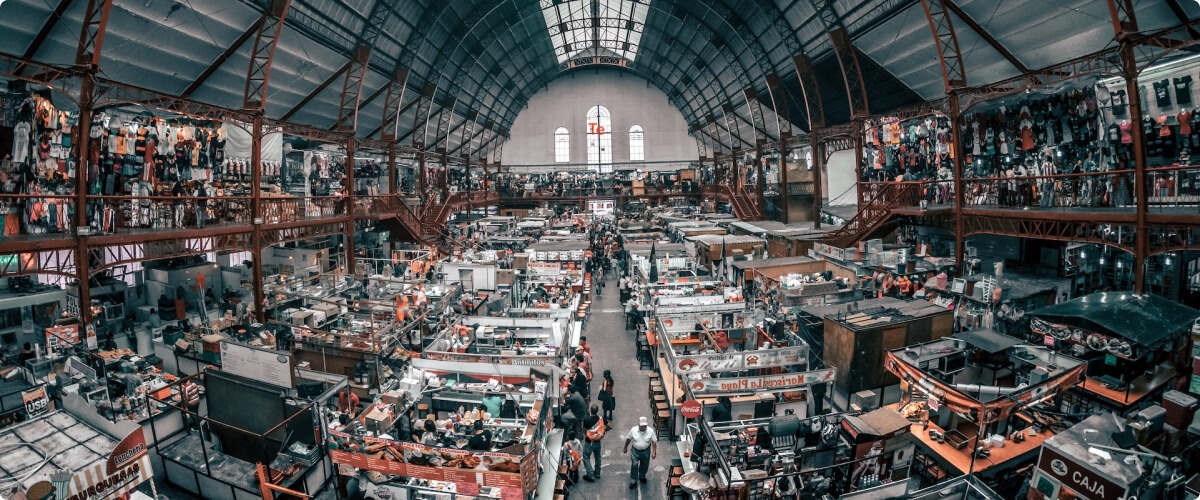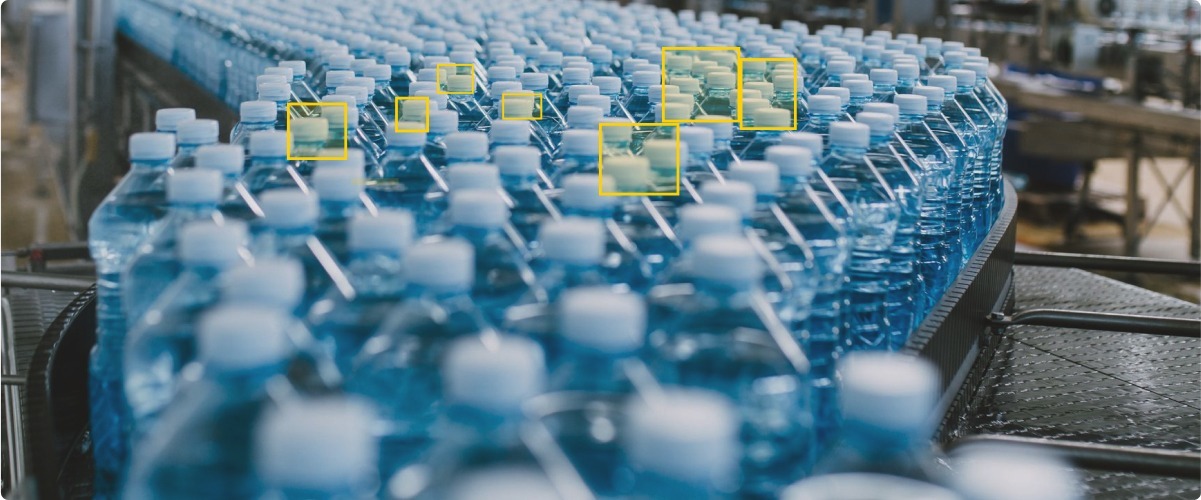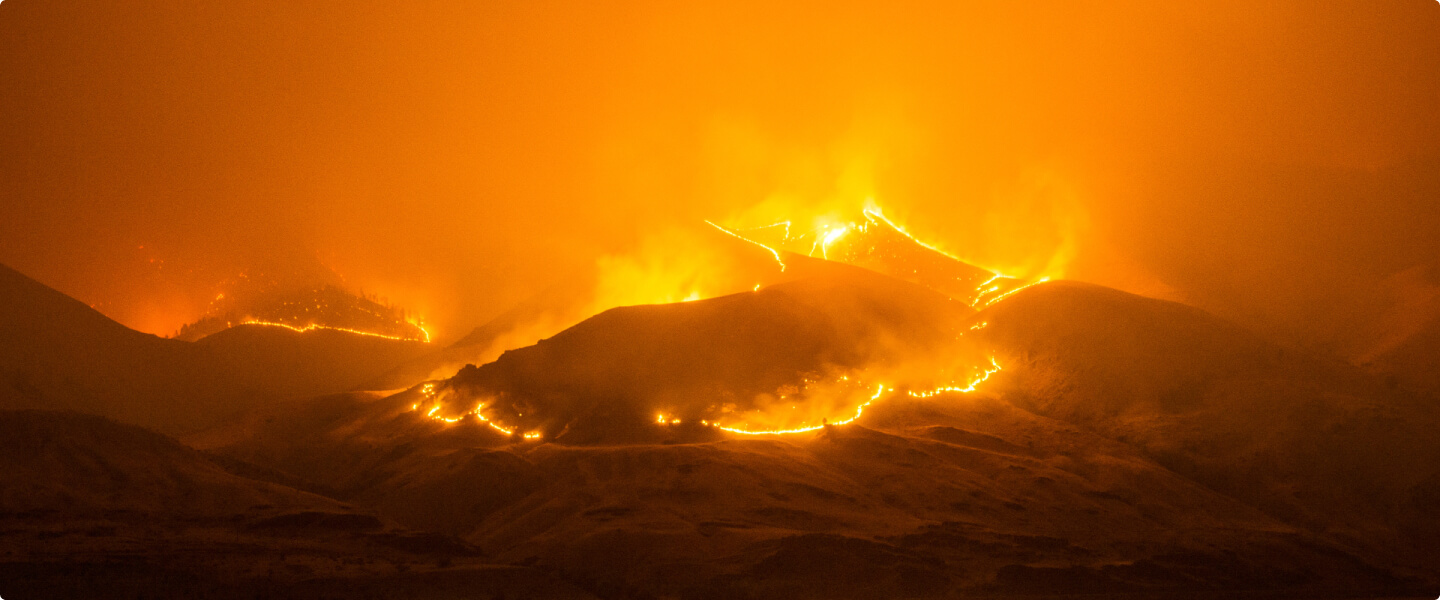In today’s fast-paced industrial landscape, ensuring workplace safety has become a paramount concern. Traditional reactive measures, relying on lagging indicators that assess the aftermath of accidents, are no longer sufficient.
According to Gartner® “Despite an increased investment in workplace health and safety, each year an estimated 2.78 million workers globally die from occupational accidents and work-related diseases, while an additional 374 million workers suffer from nonfatal occupational accidents.”
Source: Gartner, Innovation Insight: Computer Vision Improves Worker Safety, Lillian Oyen-Ustad, Nick Ingelbrecht, 2 January 2024. GARTNER is a registered trademark and service mark of Gartner, Inc. and/or its affiliates in the U.S. and internationally and is used herein with permission. All rights reserved.
The power of real-time workplace safety indicators
Embracing a proactive approach through real-time leading safety indicators powered by artificial intelligence (AI) is imperative for safeguarding employees and operations. This cutting-edge solution offers a comprehensive and dynamic approach to identifying and mitigating potential hazards before they escalate into life-threatening incidents.
Real-time leading safety indicators revolutionize risk management by continuously monitoring and analyzing various data streams from sensors, equipment, and wearable devices. These indicators leverage AI algorithms to process vast amounts of data, identifying patterns, anomalies, and potential risks in real-time. By providing immediate alerts, organizations can swiftly address potential hazards, preventing accidents and minimizing downtime.
Real-world use cases for monitoring workplace safety

Manufacturing facilities
Consider a manufacturing plant equipped with heavy machinery and numerous potential hazards. Real-time safety indicators can monitor critical parameters such as temperature, vibration, and pressure levels, alerting supervisors when deviations from normal operating ranges occur. Additionally, these indicators can track the functionality of safety guards, emergency stop buttons, forklift speeds, and personal protective equipment (PPE) compliance. By addressing issues proactively, organizations can prevent catastrophic machinery failures, injury, and costly shutdowns.
Construction sites
Construction sites are inherently dynamic and hazardous environments. Real-time safety indicators can monitor factors such as air quality, noise levels, and structural integrity, providing invaluable insights into potential risks. By integrating AI with wearable devices and environmental sensors, these indicators can detect unsafe worker positions, falling object trajectories, or unstable ground conditions, enabling timely interventions to prevent accidents and injuries.
Transportation and logistics
In the transportation and logistics industry, real-time safety indicators can monitor vehicle performance, driver behavior, and environmental conditions. AI algorithms can analyze data from telematics devices, dash cams, and weather sensors to predict potential risks, such as vehicle breakdowns, driver fatigue, or hazardous road conditions. Early interventions, such as scheduling maintenance or rerouting vehicles, can significantly reduce the likelihood of accidents and ensure efficient operations.
The role of AI in enhancing safety indicators
AI plays a pivotal role in revolutionizing safety indicators by enhancing their accuracy, predictive capabilities, and implementation efficiency.
Data analysis and pattern recognition
AI algorithms excel at processing vast amounts of structured and unstructured data, identifying patterns and correlations that human observers may overlook. This capability enables real-time safety indicators to provide timely and actionable insights, allowing organizations to address potential risks proactively.
Predictive modeling
One of AI’s most significant advantages in safety indicators is its ability to predict potential risks and hazards. By analyzing historical data and identifying trends, AI algorithms can forecast future safety challenges, empowering organizations to stay ahead of emerging risks and implement preventive measures accordingly.
Implementing AI for real-time safety indicators
Implementing AI for real-time safety indicators requires a strategic and systematic approach. Organizations must invest in state-of-the-art data collection devices, robust computational resources, and a skilled team of data scientists and AI experts. The process involves setting clear objectives, collecting, and integrating data from various sources, training machine learning algorithms, and continuously monitoring and evaluating the system’s performance.
Benefits of using computer vision AI for safety indicators
Utilizing AI for real-time safety indicators offers numerous benefits, including increased efficiency and productivity, enhanced safety measures, and improved decision-making. By automating data analysis and eliminating human errors and biases, AI ensures more precise and reliable safety assessments. Additionally, the ability to identify potential risks at an early stage allows organizations to implement preventive measures promptly, significantly improving workplace safety and reducing the likelihood of accidents and injuries.
Future trends in AI and safety indicators
The field of AI and safety indicators is rapidly evolving, with exciting future trends emerging. The integration of emerging technologies, such as Internet of Things (IoT), advanced wearable devices, and cutting-edge machine learning algorithms, promises to further enhance the precision and effectiveness of real-time safety indicators.
Experts predict that AI advancements, combined with access to more comprehensive and diverse datasets, will enable the identification of nuanced risks and the development of highly customized safety strategies tailored to specific workplaces and industries.
Modernizing workplace safety with computer vision
Chooch computer vision solutions for workplace safety offers a proactive and dynamic approach to enhancing workplace safety management. Chooch makes your existing cameras smart — enabling them with human’s best qualities – deep understanding and decision-making capabilities.
Chooch computer vision can collect intelligent video and image data exactly when and where it’s needed. Chooch ensures privacy; safeguarding your individual and company data, guaranteeing confidentiality and anonymity. By leveraging the capabilities of AI Vision in data analysis, pattern recognition, and predictive modeling, you can identify and mitigate potential hazards before they escalate into life-threatening incidents.
Contact sales to learn more about Chooch solutions for workplace safety.

